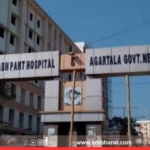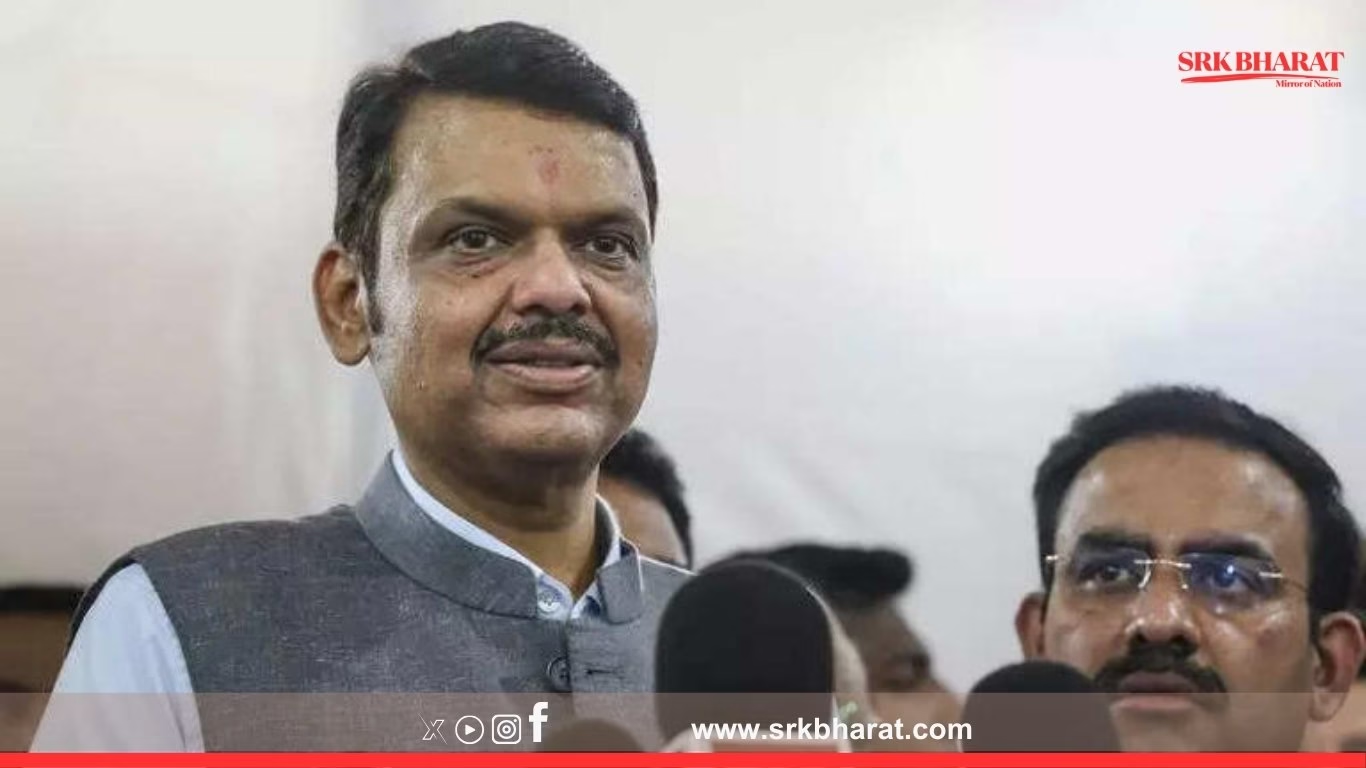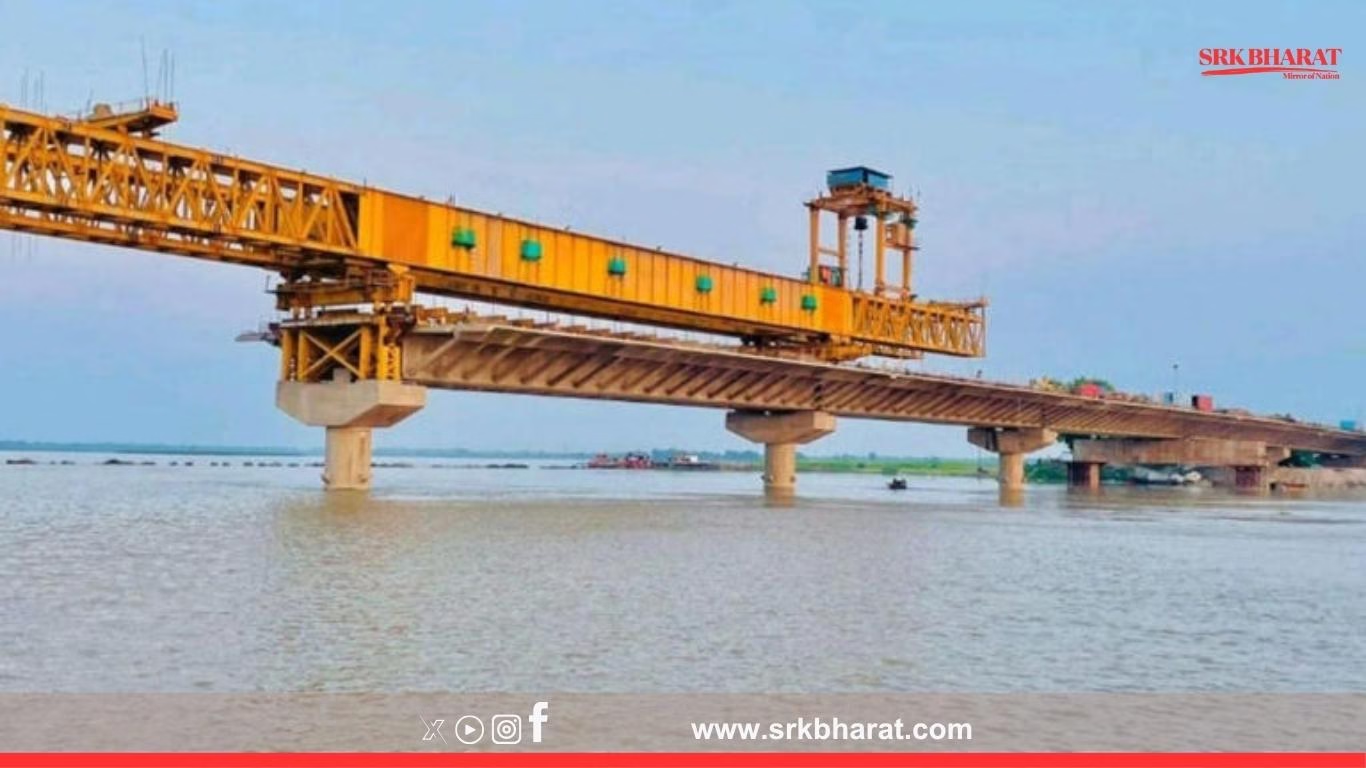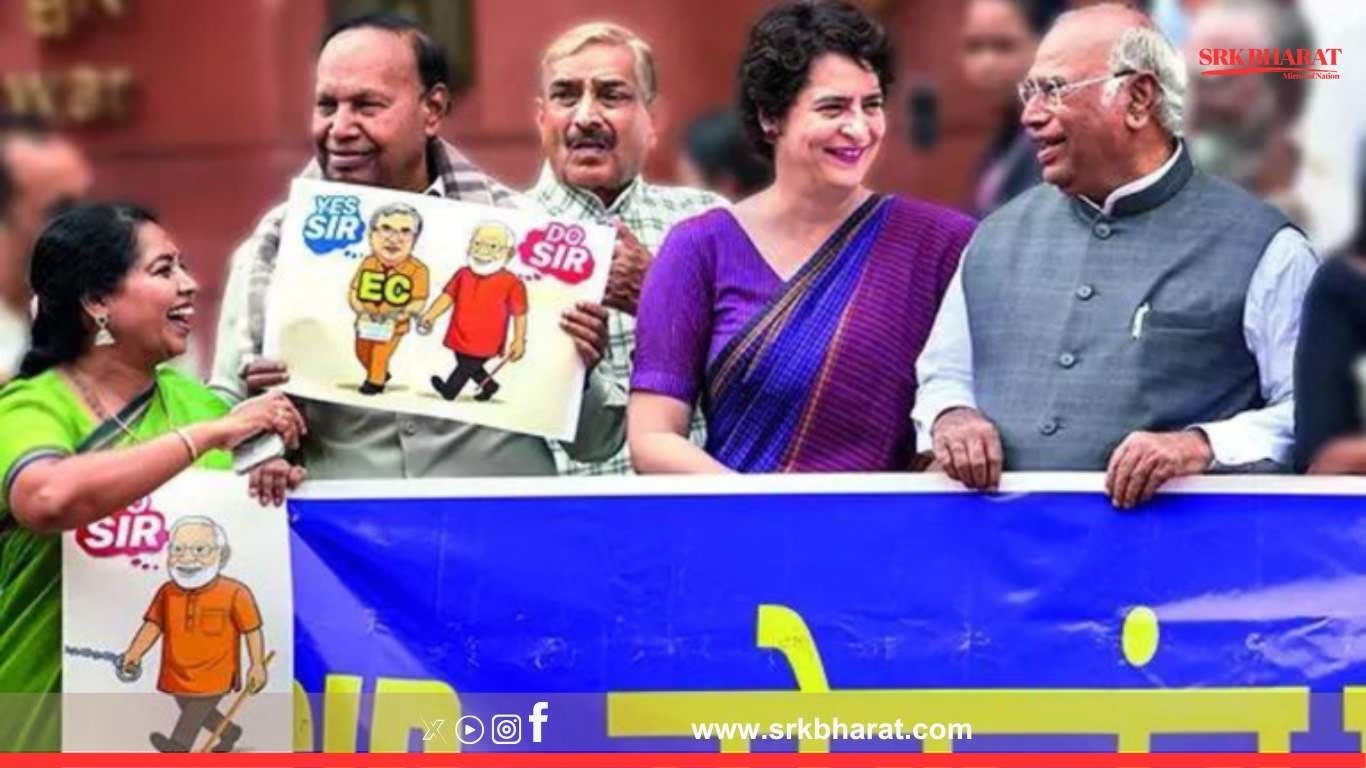In a major move that could unlock large-scale urban development potential in India’s financial capital, Maharashtra Chief Minister Devendra Fadnavis has urged the Union Civil Aviation Ministry to relocate radars installed in Mumbai to facilitate redevelopment projects stuck due to aviation safety restrictions. The request was made during his recent meeting with Aviation Minister Jyotiraditya Scindia, highlighting the long-pending demand of Mumbai builders, slum rehabilitation authorities, and urban planners.
The Core Issue: Aviation Radars And Height Restrictions
Currently, radar installations operated by the Air Traffic Control (ATC) and Airports Authority of India (AAI) in the vicinity of Mumbai airport impose strict building height restrictions in large areas across suburbs like Vile Parle, Santacruz, Bandra, Kurla, Andheri, and Ghatkopar. The restrictions stem from safety protocols ensuring no structural interference with flight paths, radar signals, and navigational aids critical for thousands of daily air traffic movements.
However, these constraints have stalled:
- Redevelopment of ageing housing societies unable to add higher floors.
- Slum rehabilitation projects, especially under SRA schemes, limiting feasible incentives for builders.
- Commercial real estate projects, blocking high-rise office towers and mixed-use complexes in prime localities.
Fadnavis’ Request To The Aviation Ministry
During the high-level meeting in Delhi, Chief Minister Fadnavis reportedly conveyed that:
“Relocating or technologically upgrading existing radar systems around Mumbai airport will pave the way for urban redevelopment while ensuring aviation safety is not compromised.”
He urged the Ministry to consider:
- Shifting non-essential radars away from densely populated zones.
- Replacing outdated radar systems with modern low-footprint radar and satellite-based navigational systems, reducing dependence on fixed structures.
Potential Economic Impact Of Radar Relocation
Urban planning experts believe such a move could unlock massive real estate potential worth thousands of crores in Mumbai’s land-starved environment. Developers argue that with relaxed height restrictions:
- Redevelopment incentives would increase, making old societies financially viable for redevelopment.
- SRA projects could rehabilitate slum dwellers with larger flats while ensuring builder profitability.
- Commercial real estate supply could rise, easing Mumbai’s skyrocketing office rentals.
Real Estate Industry Estimates
| Area Impacted | Approx. Redevelopment Potential (sq ft) | Estimated Project Value (₹ Cr) |
|---|---|---|
| Western Suburbs (Bandra to Andheri) | 30 million | 75,000 – 90,000 |
| Central Suburbs (Kurla to Ghatkopar) | 15 million | 35,000 – 45,000 |
| Slum Rehabilitation (across city) | 25 million | 50,000 – 60,000 |
Industry associations like Maharashtra Chamber of Housing Industry (MCHI-CREDAI) have long lobbied for shifting radars to optimise Mumbai’s redevelopment and slum rehabilitation policies.
Aviation Ministry’s Preliminary Response
While no formal announcement has been made, officials from the Civil Aviation Ministry indicated:
“We will examine the technical feasibility, safety implications, and cost of relocating radars. Aviation safety remains paramount, but we are committed to supporting urban development within regulatory norms.”
Technical Challenges Ahead
Shifting radars is not straightforward. According to senior ATC officials:
- New radar sites must provide unblocked line-of-sight coverage of aircraft movements.
- Costs of relocation and recalibration are high, often running into hundreds of crores.
- Transition requires regulatory approvals from DGCA and coordination with international aviation bodies to avoid compromising air safety protocols.
Urban Planners’ Perspective
Urban planner Pankaj Joshi stated:
“Mumbai’s redevelopment potential is shackled by radar-based height restrictions. If radars can be modernised to allow vertical growth without impacting aviation safety, it will transform the cityscape and infrastructure quality.”
Impact On Slum Rehabilitation Projects
Slum redevelopment is a critical area impacted by these restrictions. Developers often find projects unviable due to:
- Low permissible FSI (Floor Space Index) under current radar constraints.
- Inability to build compensatory sale components to recover rehabilitation costs.
Relaxed height caps can accelerate Mumbai’s goal of becoming slum-free by enabling SRA projects to redevelop clusters that have remained neglected for decades.
Political Implications
Fadnavis’ proactive stance is seen as part of his broader urban transformation agenda, including:
- Mumbai Metro expansion
- Coastal road and trans-harbour link projects
- Cluster redevelopment under new DCPR regulations
This move could also boost BJP’s urban voter connect in Mumbai, where residents of old buildings await redevelopment amid safety hazards.
Environmental And Infrastructure Considerations
Experts warn that while vertical redevelopment reduces urban sprawl, it increases:
- Pressure on existing water, sewage, and transport infrastructure.
- Shadow effect and reduced ventilation in dense neighbourhoods.
Therefore, radar relocation must be accompanied by:
- Upgrades to urban civic infrastructure.
- Strict environmental impact assessments for super-tall redevelopment projects.
Global Examples Of Radar Relocation For Urban Growth
| City | Initiative | Outcome |
|---|---|---|
| Singapore | Integrated satellite-based navigation and shifted radars to offshore reclaimed land | Enabled supertall towers while maintaining strict aviation safety |
| Tokyo | Upgraded radar systems with higher elevation towers on outskirts | Unlocked redevelopment in inner wards with minimal safety compromises |
| London | Adopted advanced GPS-based approaches, reducing dependence on fixed radars | Supported continued urban vertical growth |
The Road Ahead
The Aviation Ministry will now initiate:
- Feasibility studies with DGCA and AAI.
- Cost-benefit analysis in coordination with Maharashtra government.
- Public consultations with urban planners, resident associations, and environmental bodies.
If cleared, radar relocation and technological upgradation could take 2-4 years depending on approvals and procurement cycles.
Conclusion
Chief Minister Devendra Fadnavis’ request to the Aviation Ministry to shift Mumbai’s radars signals a strategic push towards reviving the city’s stalled redevelopment ecosystem. While challenges remain in balancing aviation safety and urban growth, the proposal could reshape Mumbai’s skyline and living standards if executed with technical precision, environmental sensitivity, and transparent stakeholder consultations.
Disclaimer: This news content is based on government meetings, industry estimates, and expert analyses. It is intended for public informational purposes only and does not constitute technical, legal, or investment advice. Readers are advised to refer to official government notifications for final policy decisions and urban planning guidelines.











